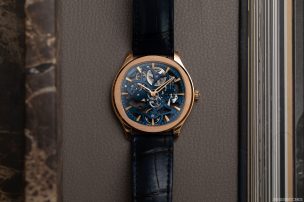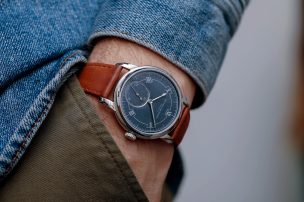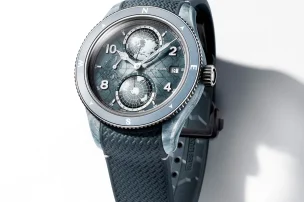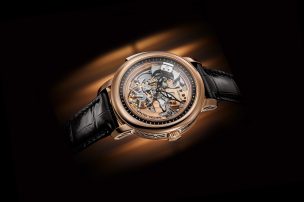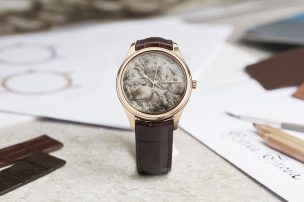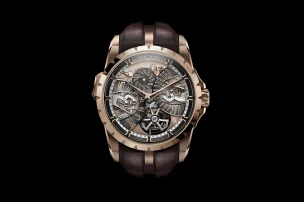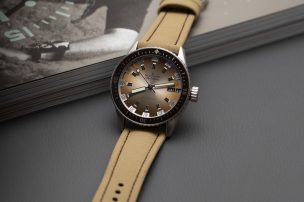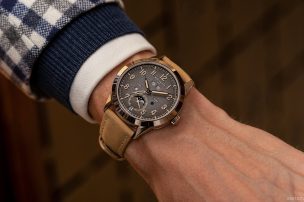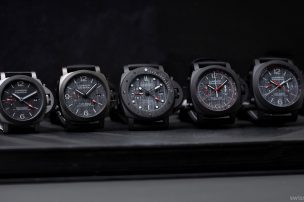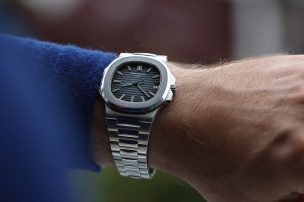
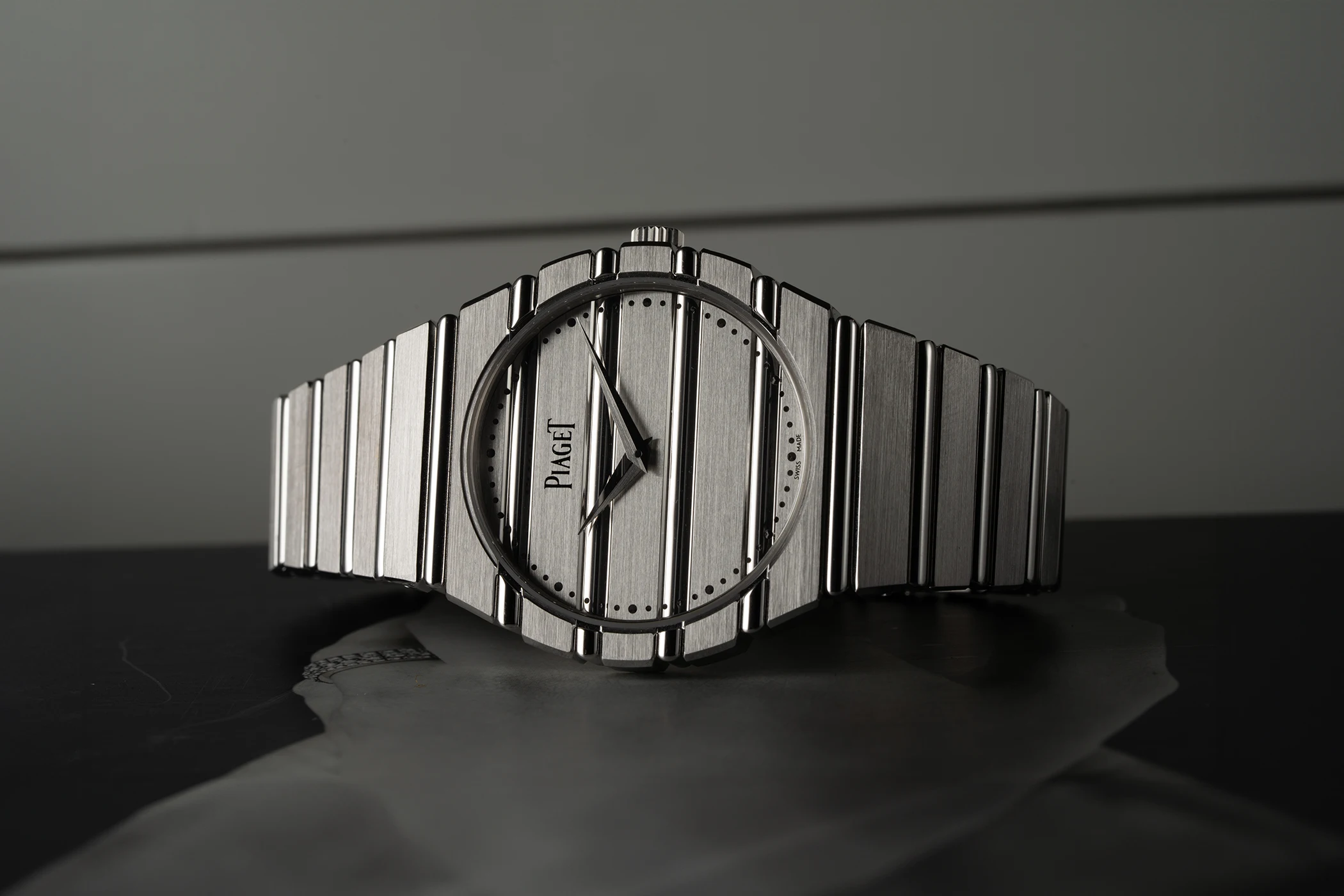
W&W 2025: Piaget Introduces White Gold Polo 79
Initially debuted in 1979, the Piaget Polo 79 has been a big talking point for us at Swisswatches ever since its revival last year, as reported on in great detail by my colleague Nico Bandl. It is a beautiful watch – and an undeniably grand watch, available up until now, true to the original, in glowing yellow-gold finished to perfection.
Now, at this year’s Watches and Wonders trade fair, Piaget is taking the opportunity to introduce a new version of the Polo 79 in another precious metal: white gold. While much of its features change the same, the introduction of a new material means new opportunities for this iconic watch. Let’s delve into the details and consider how this white-gold Polo 79 edition might just shape the future of this historic model.
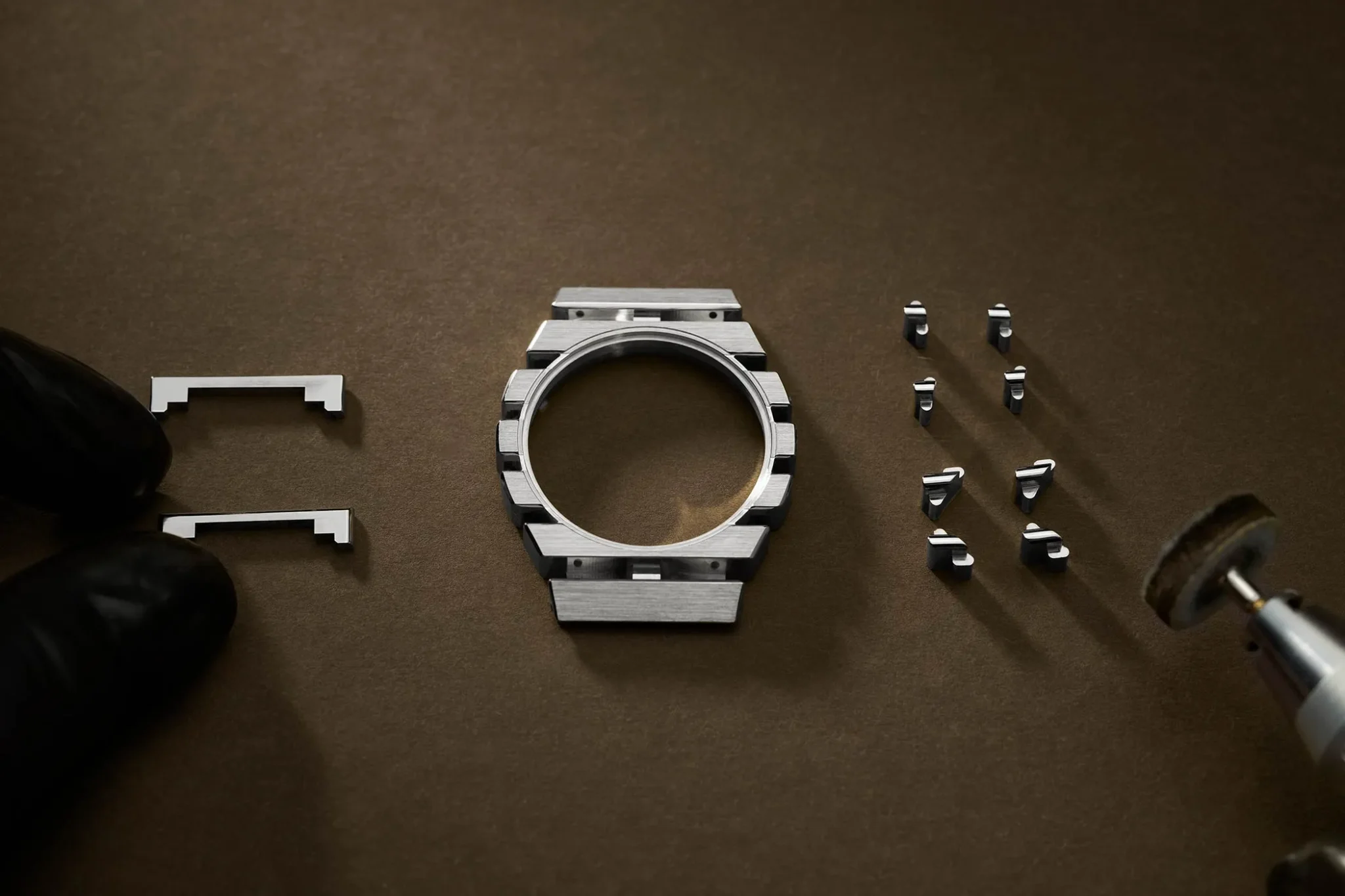
A tale as old as time: Piaget Polo’s place in the realm of iconic sports watches
Earning the title of ‘iconic sports watch’ is no easy feat in the world of horology. Most commonly, we think of sports watches that appear in stainless steel, such as the Nautilus or Royal Oak. The Polo, then, stood out from the start, not only because it was the first Piaget watch to carry its own model name, but also because it exclusively appeared in precious metals. While yellow-gold remained the primary port of call for the brand’s star-studded clientele, the occasional white-gold model did make an appearance. Take, for example, this glitteringly grandiose model with an automatic movement from the 2000s, embellished with diamonds and selling for around 33,852 euros at Christie’s.
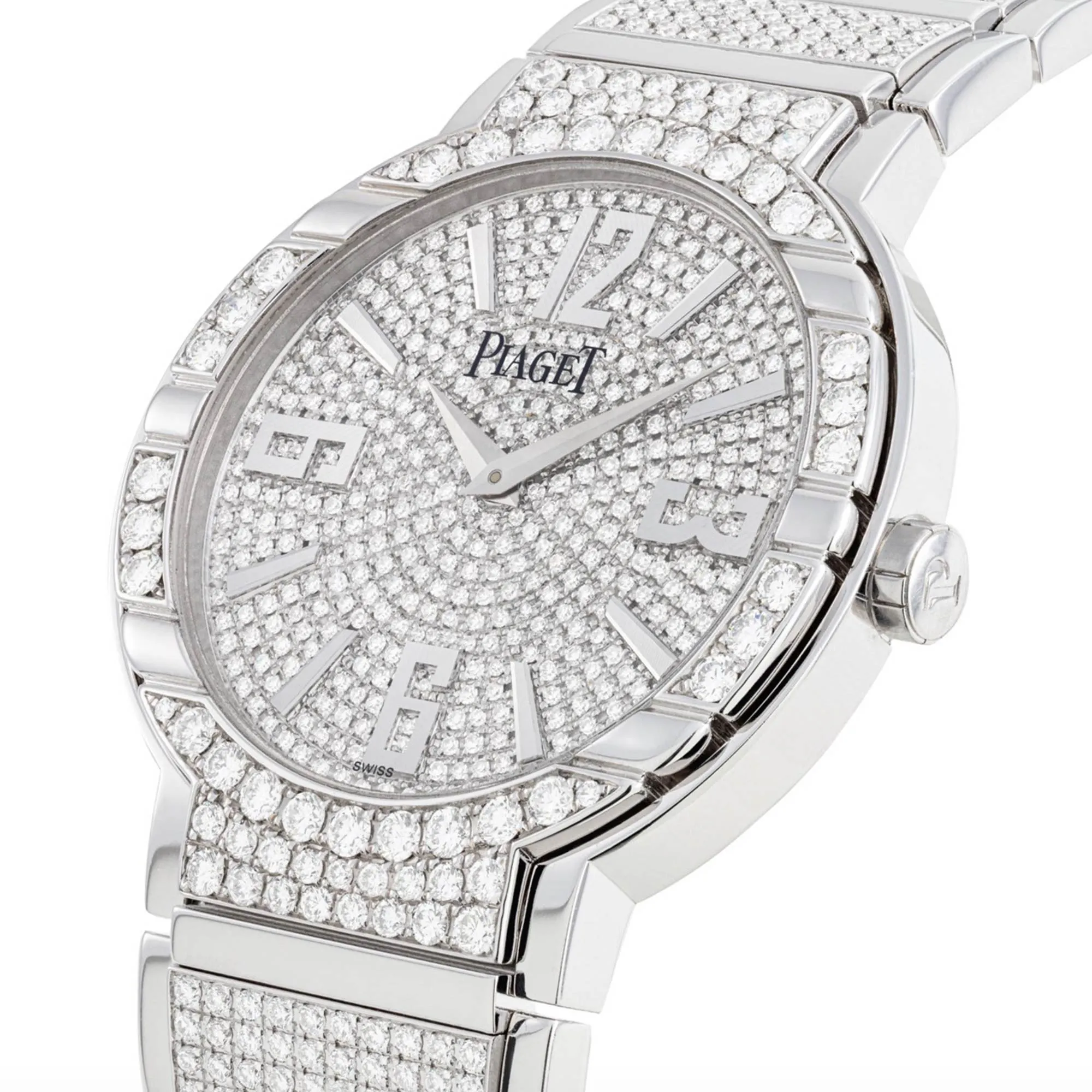
Credit © Christie’s
Other versions even combined yellow- and white-gold back in the heyday of bi-colour watches, adding further creative (and thus hallmark Piaget) touches such as a mother-of-pearl dial. Alas for fervent collectors, this particular 34 mm model from circa 1983 achieved its slim elegant case size with the addition of a quartz movement.
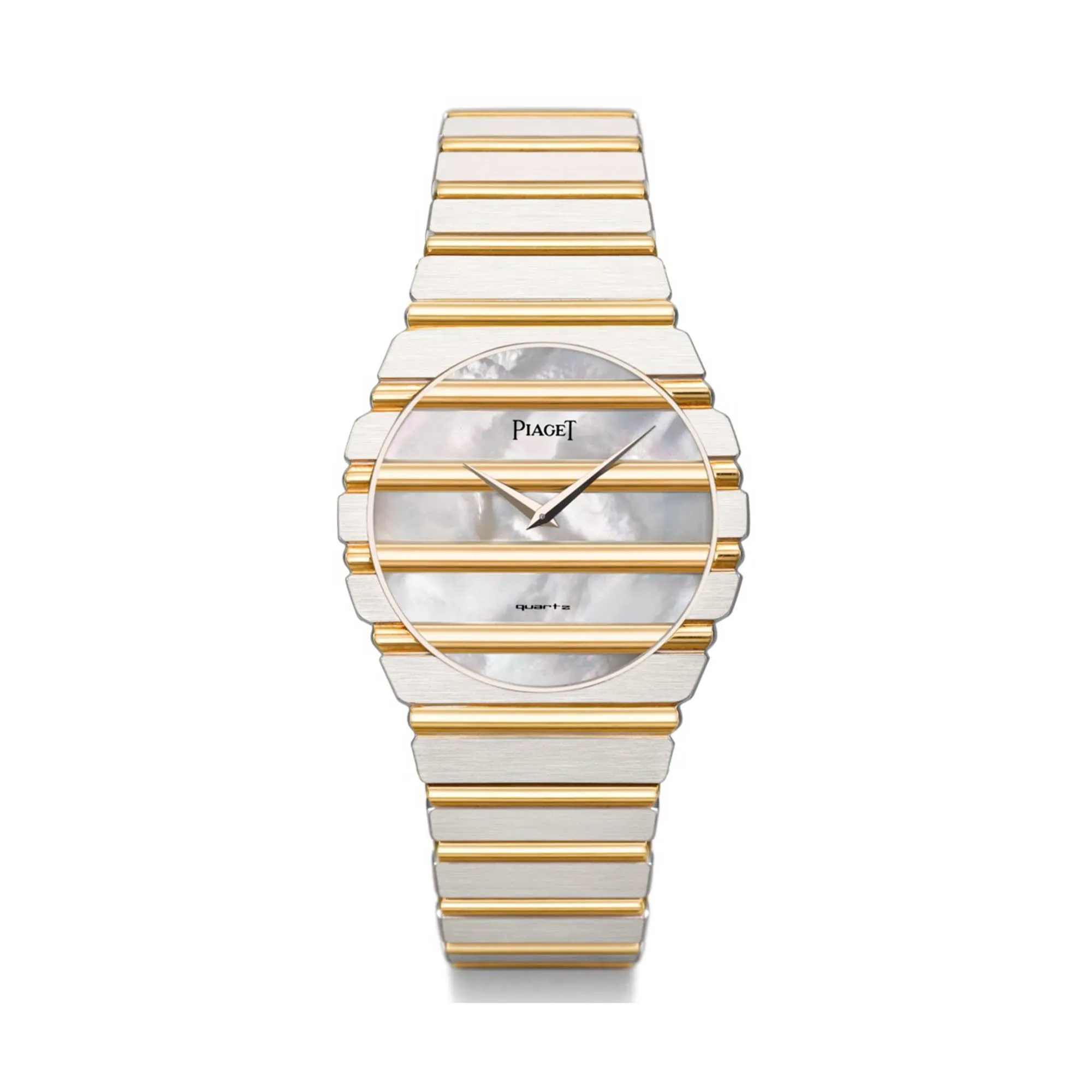
Credit © Christie’s
Nevertheless, there is indeed a common theme here: while other brands began to embrace luxury steel wristwatches, Piaget stuck to exclusively working with precious metals, with yellow-gold remaining at the forefront for the Polo. White-gold editions remained largely a rarity.
Piaget introduced its first ever steel watch collection as recently as 2016, in the form of the Piaget Polo S. It’s reassuring to see Piaget remain faithful to its heritage with this new white-gold Polo 79, building on last year’s watch previously only available in yellow-gold.
Polo 79: White gold case
This latest iteration in white gold carries all the features that made the revived yellow-gold edition stand out last year. Distinctive features continue to make this watch stand out, not least its signature gadroons – alternating polished and brushed lines flowing seamlessly from case to the integrated bracelet. While Piaget indeed stood out for its exclusive use of gold, the bracelet did at least match to trends at the time, with integrated bracelets having enjoyed popularity throughout the 1980s.

Another thing worth remembering is that the original glowing gold watches were worn back then by women (27 mm) and men (34 mm) alike. While there is no doubt that fashion today is more fluid than ever, particularly amongst Gen Z, the full gold edition from last year (while beautifully finished) is not something every contemporary man feels secure about styling on his wrist.
By contrast, the latest white-gold edition now opens up the Polo 79 to a whole new audience, with white-gold not only being less conspicuous but also significantly easier to style to everyday outfits – as well as flying a little more under the radar. Ultimately, this fact is primarily where the real power of this new watch model lies: versatility.
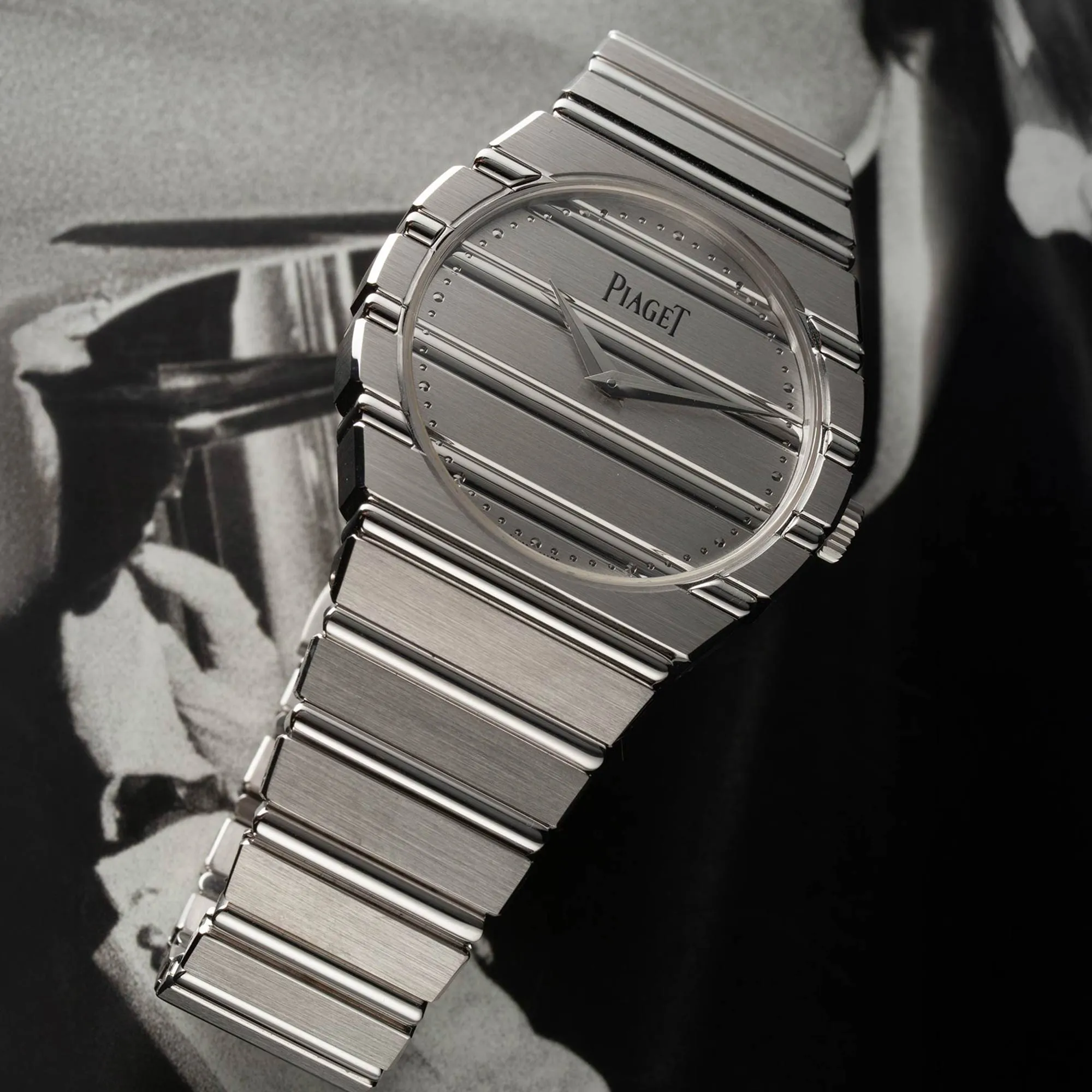
The dial
The dial of this new model remains much the same as its counterpart, only using a different material: 18-carat white gold dauphine-style hands tick across the matching gold dial. Again, there is no hint of colour on the watch. Its power lies purely in its design.
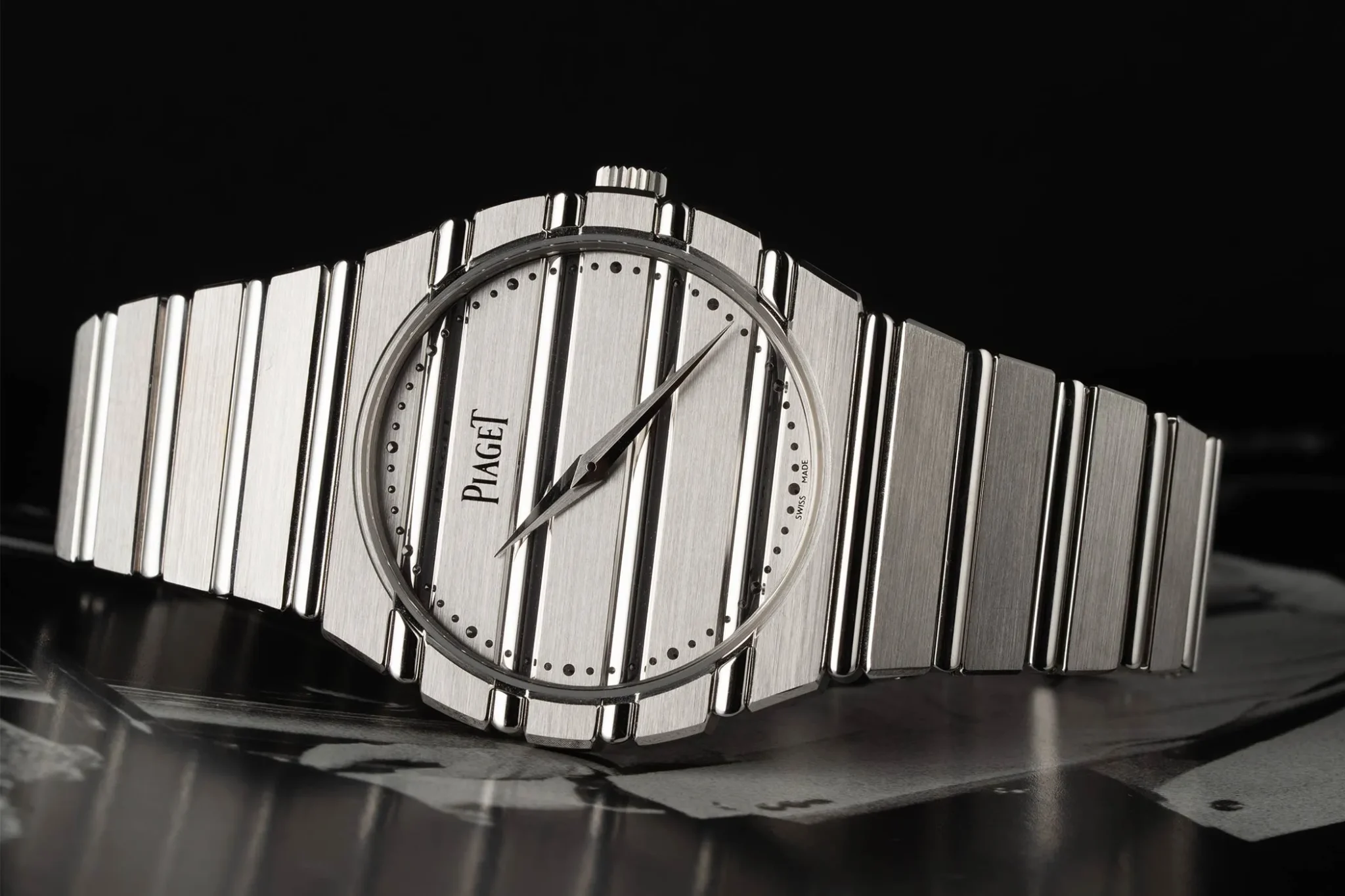
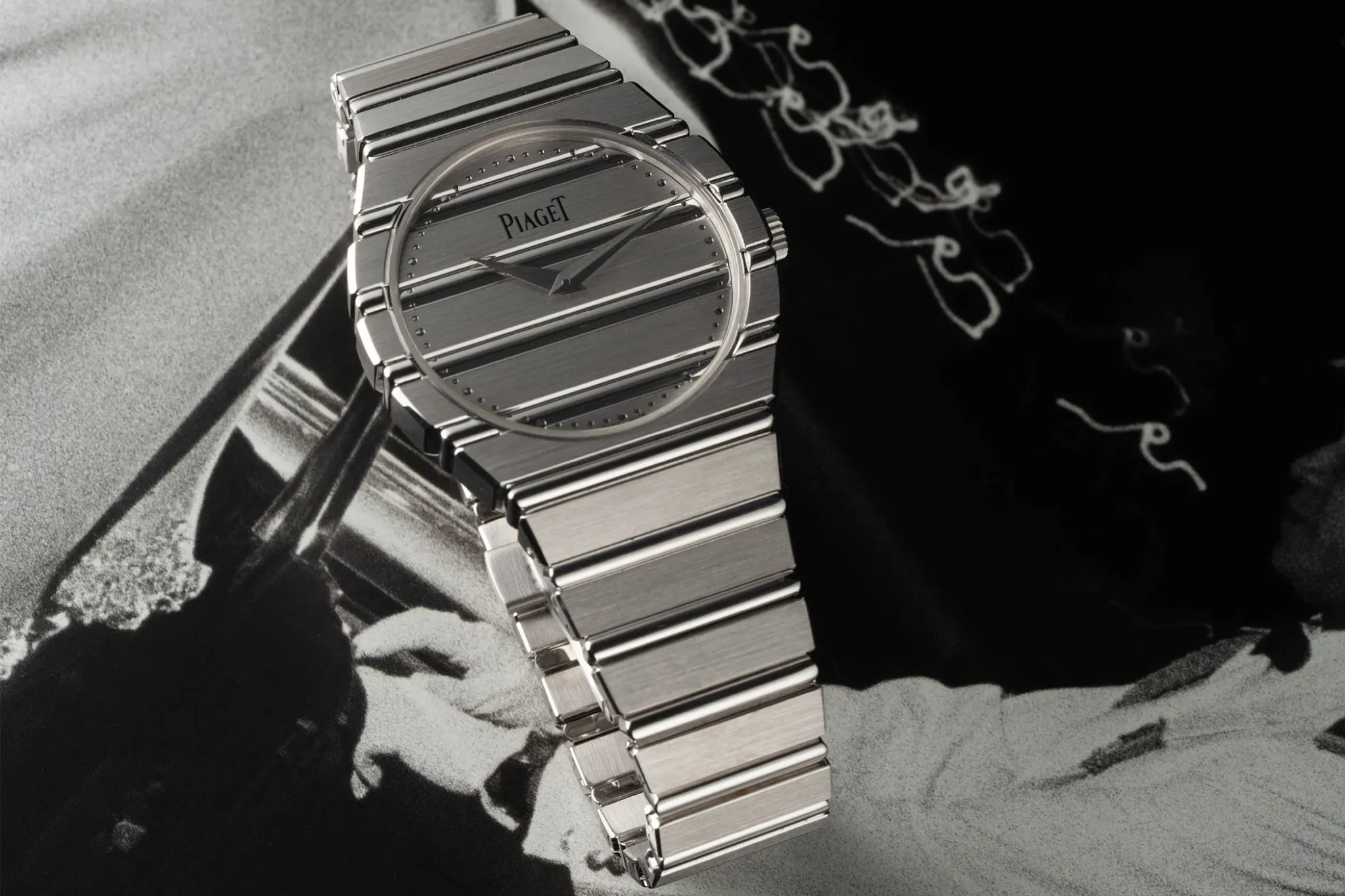
Piaget calibre 1200P1
Powering this Polo 79 is the Piaget calibre 1200P1, aka an ultra-thin movement with automatic winding. Piaget treat us to an open caseback, allowing the wearer to admire the circular-grained plate, bevelled bridges with circular Côtes de Genève, sunburst-brushed wheels, and blued screws. Displaying only hours and minutes and thus staying true to the original models, the calibre 1200P1 has a 44-hour power reserve and oscillates at a frequency of 3 Hz.
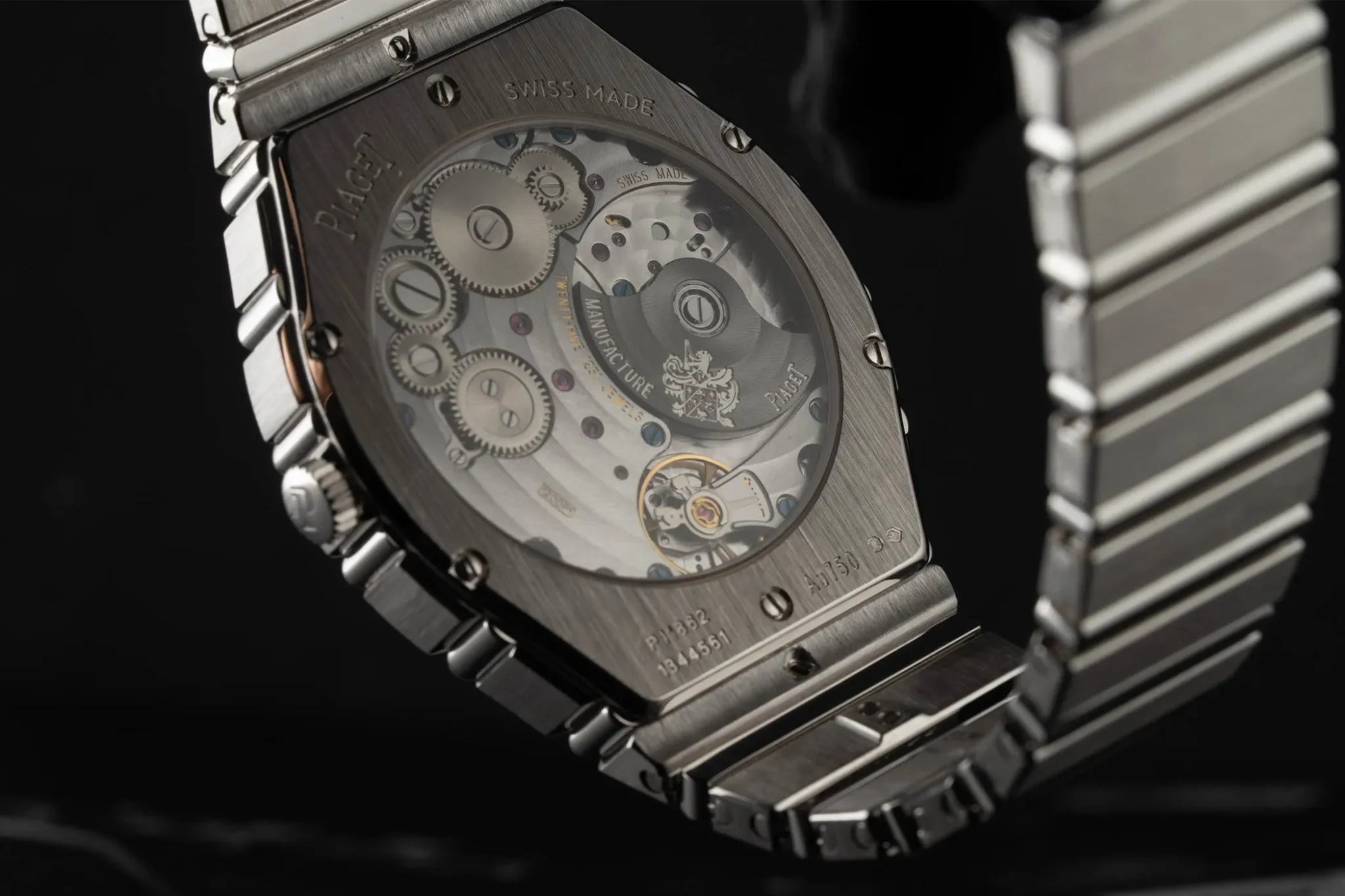
The price of the new Piaget Polo 79 is 85,500 euros.
